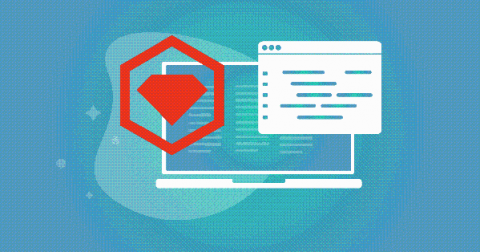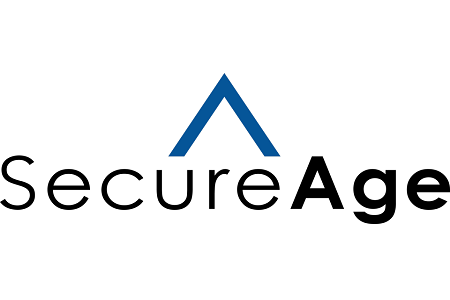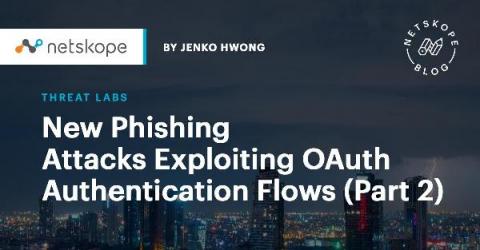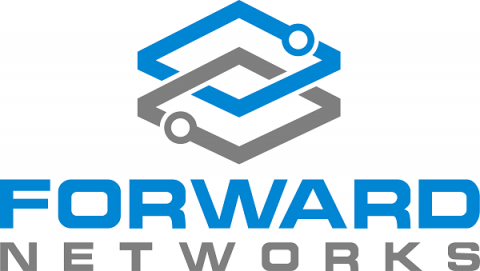Better Ruby Gemfile security: A step-by-step guide using Snyk
Ruby is a well-defined and thought-out language and has been around since the mid-1990s. In 2004, Ruby incorporated RubyGems as its package manager. RubyGems is used to manage libraries and dependencies in a self-contained format known as a gem. The interface for RubyGems is a command line tool that integrates with the Ruby runtime and allows Gemfiles to be added or updated in a project. I looked at three Ruby platforms and found vulnerabilities that were surprising, even to me.











